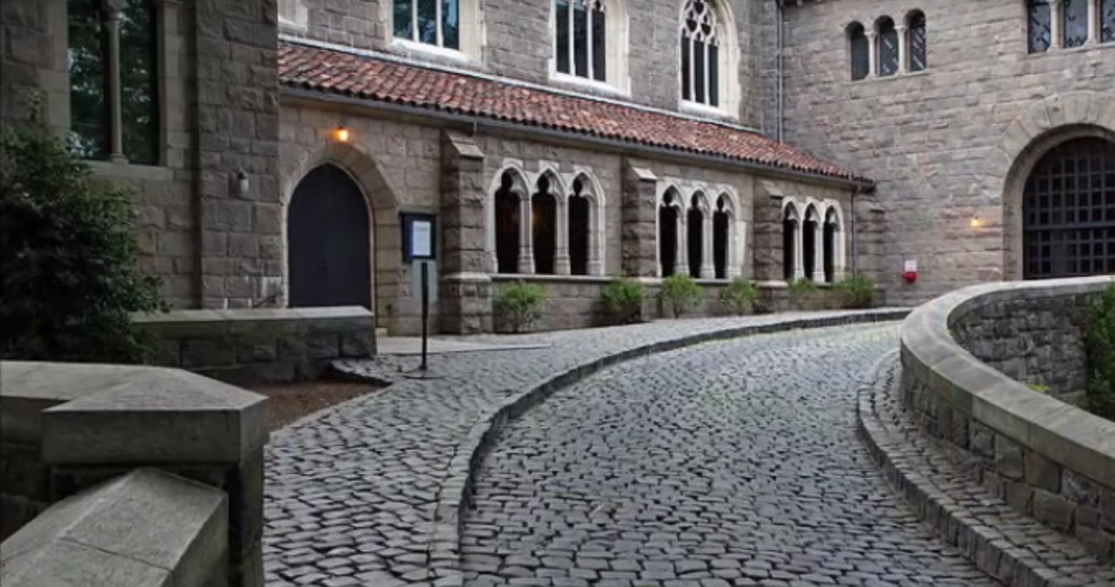The Cloisters is the only museum in the United States devoted entirely to medieval European art. Its history is amusing and surprising, and the atmosphere is such that the visitor is transported, against his will, across centuries and thousands of miles.

The anecdotes about American moneybags buying up the castles of Europe and transporting them across the ocean are not so meaningless. The Cloisters building, a branch of the Metropolitan Museum of Art, is composed of the stones of five European medieval monasteries: a Catalan monastery and four French ones. In the thirties, their buildings were literally taken apart brick by brick, shipped to New York, and carefully assembled in Fort Tryon Park. The grand project was financed by billionaire John D. Rockefeller, Jr.
The very idea of a museum dedicated to the European Middle Ages came from the American sculptor and passionate collector George Gray Barnard. He opened his collection to the public in 1914, and in 1925 it was bought by Rockefeller for the Metropolitan Museum of Art. It was clear, however, that a separate building was needed for such a collection. For its construction Rockefeller bought 26 hectares of land in northern Manhattan, around a huge scenic cliff.
The building was designed by architect Charles Collens. He skillfully incorporated large fragments of medieval European monasteries – columns, doorways, authentic window frames – imported from across the ocean. On a cliff on the shore of the Hudson River rose an imposing structure of a completely medieval appearance, which is actually less than a century old (it was built in 1933). So that modern structures on the other side of the river wouldn’t spoil the view from the windows of the “castle”, Rockefeller also bought the land lying on it for the museum.
The Cloisters collection includes about five thousand works of European medieval art since the XII century. A special pride of the museum is a gift from Rockefeller: seven Flemish tapestries depicting the hunt for a unicorn. The mythical animal is trying to escape humans and dogs against the backdrop of an amazingly beautiful landscape. The museum also displays medieval tombs topped with portraits of knights, manuscripts, sculptures, stained glass, enamels, ivory and metalwork.
The cloisters that gave the museum its name – the covered galleries that framed the monastery’s inner courtyards – have also been recreated in the museum. Here small gardens were laid out, planted with the very plants that grew in European monasteries (information on this is found in medieval treatises and poems). From the west balcony (a high open terrace) there is a magnificent view of the Hudson River and the unspoiled opposite shore – it seems that there is no huge city around, and that time stopped several centuries ago.